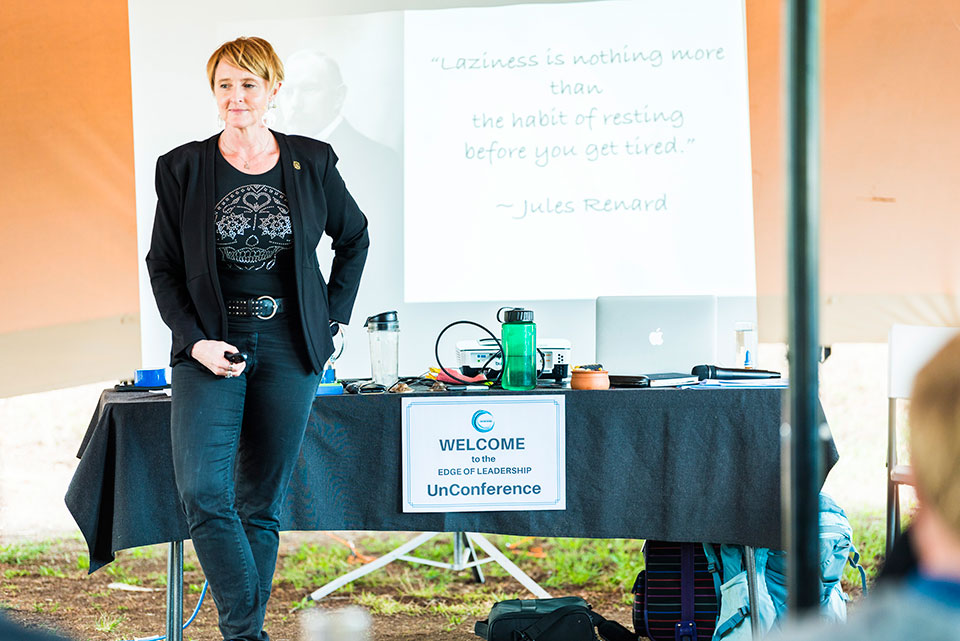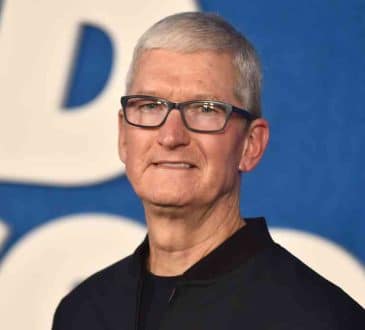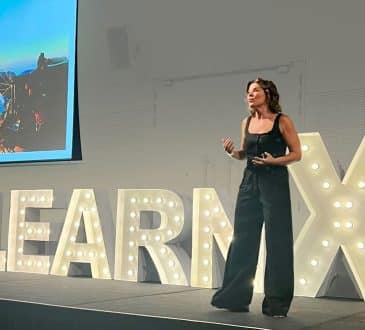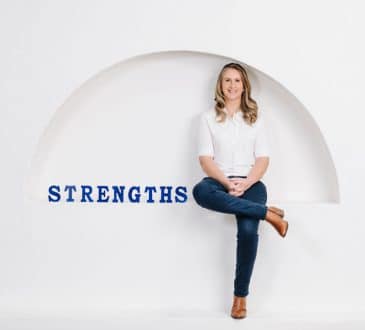How to be a future savvy leader

Anticipating the future is critical to an organisation’s success. In their 2018 research paper, Rohrbeck and Kim cite “Future-prepared firms outperformed the average by a 33% higher profitability and outperform the average by a 200% higher growth”. Being future savvy makes sense for profit and growth.
This kind of strategic thinking is a CEO’s core responsibility. Yet according to Rich Horwath’s research of 500 managers at 25 companies, a hefty 96% cited not enough time as the impediment to doing strategic thinking, while 48% confessed to lack of training/tools for thinking strategically. CEOs are stuck for time and know-how when it comes to thinking about the future of their organisation. This is a huge liability.
Developing future savviness goes along with managing present concerns. CEOs need to keep one eye on the future, and two hands on the present. Focus must swivel between the two poles NOW and NEXT with ease.
The secret to being a future savvy leader is perspective. It’s the skill of using the telescope into the future, and the microscope for the present.
Step 1. Expand perspective in time
We need to EXPAND our point of view as far and as wide as possible. Future savvy leaders are students of history. Knowing the patterns and cycles of an organisation, an industry, or a society can help the CEO anticipate what might come next. The farther into the past we cast our gaze, the broader our perspective can be. We can see the rise and fall of our projects in context with the rise of fall of civilisations. Our insight into history lends gravitas to our future plans.
Just as we cast our lens back in time, we can send it forward too. The Great Law of the Haudenosaunee, the founding document of the Iroquois Confederacy, says that in every deliberation, we must consider seven generations into the future, or roughly 140 years. If that seems a stretch, consider the Australian First Nations people who carry the cultural knowledge of some 3000 generations or 65,000 years of history. They feel the custodianship of what has been and seek to nurture it for thousands of generations to come. Even a modicum of that sense of responsibility will amplify our strategic thinking.
Step 2. Look for patterns
Futurists undertake environmental scanning like athletes eat broccoli. It’s a rigorous daily habit. We aim to spot trends and the patterns emerging from them. There are numerous acronyms that serve as aide memoirs, such as STEEPOE. The letters stand for trends that are Social, Technological, Environmental, Economic, Political, Organisational, and Ethical. By monitoring the trends that are relevant to the business or sector, we can anticipate tipping points and be ahead of the curve in our strategic interventions. For example, there are major opportunities in one trend that will be peaking in the next ten years or so: the large transfer of wealth from the Baby Boomers to their Generation X and Y offspring. Another ethical trend is the significant adaptation of vegan and vegetarian diets for both animal welfare and environmental reasons among Generation Z and Alpha. Young people are making lifestyle choices based on broader issues. There are threats and opportunities here, depending on the business.
CEOs can use tools like Google Alerts to keep abreast of major trends, and futurist tools that are powered by artificial intelligence aggregators like the one at Shaping Tomorrow.
Step 3: Map it out
Once we’ve identified trends that are significant for our business, we can map them out in dynamic quadrants called scenario planning. The technique is simple: take two unpredictable and volatile trends and place the extremes of each trend at opposing ends of a vertical and horizontal axis respectively. We might choose globalism and nationalism as two extremes for one axis, and pandemic worsening/ pandemic disappearing for the other axis. Then we move through each quadrant asking what could happen when those two extremes intersect? For example, what kind of world would we have if we had nationalism combine with a worsening pandemic? We might see hyper competitive race for vaccines, an increase in protectionism, the collapse of free trade agreements, rising hostilities. We continue around the quadrants until each possible world has some detail around it.
Next we identify what is preferred, and what is likely, and plan for those. Then repeat the process for another series of trends. Multiple scenario plans give the best insights.
Ultimately CEOs who can see more lead better. When we look far into the past and future, we gain both insight and sensitivity. When we monitor patterns, it’s our dashboard alert system. When we map out possibilities, we can make smarter decisions. Being future savvy makes us future ready, and that’s worth making time for.
Have you read?
Cost Efficient Romantic Getaways.
Best Caribbean Destinations For Beach Goers.
Family Tourism In Singapore.
Best Family Vacation Destinations In Canada.
Add CEOWORLD magazine to your Google News feed.
Follow CEOWORLD magazine headlines on: Google News, LinkedIn, Twitter, and Facebook.
This report/news/ranking/statistics has been prepared only for general guidance on matters of interest and does not constitute professional advice. You should not act upon the information contained in this publication without obtaining specific professional advice. No representation or warranty (express or implied) is given as to the accuracy or completeness of the information contained in this publication, and, to the extent permitted by law, CEOWORLD magazine does not accept or assume any liability, responsibility or duty of care for any consequences of you or anyone else acting, or refraining to act, in reliance on the information contained in this publication or for any decision based on it.
Copyright 2024 The CEOWORLD magazine. All rights reserved. This material (and any extract from it) must not be copied, redistributed or placed on any website, without CEOWORLD magazine' prior written consent. For media queries, please contact: info@ceoworld.biz
SUBSCRIBE NEWSLETTER








